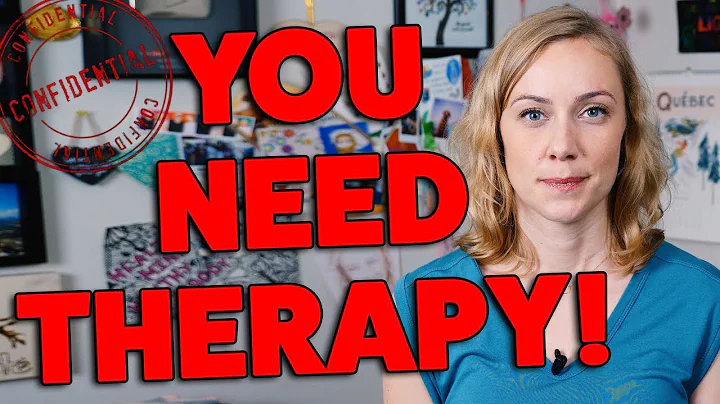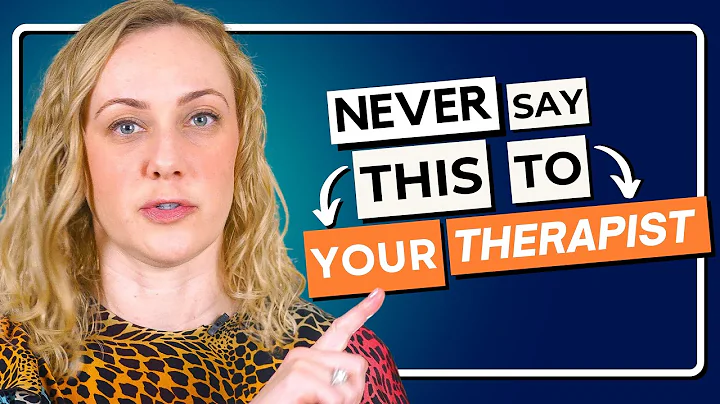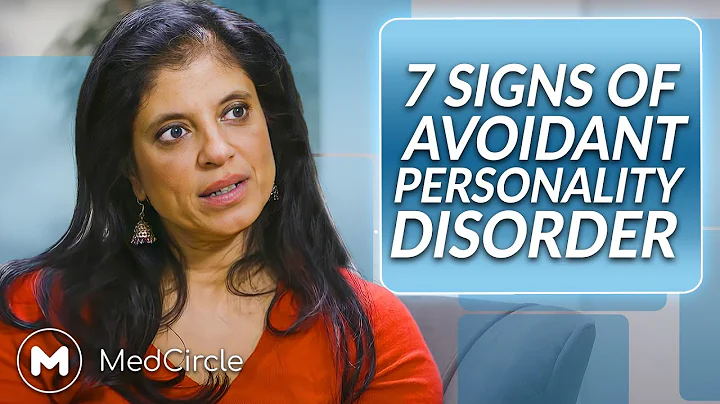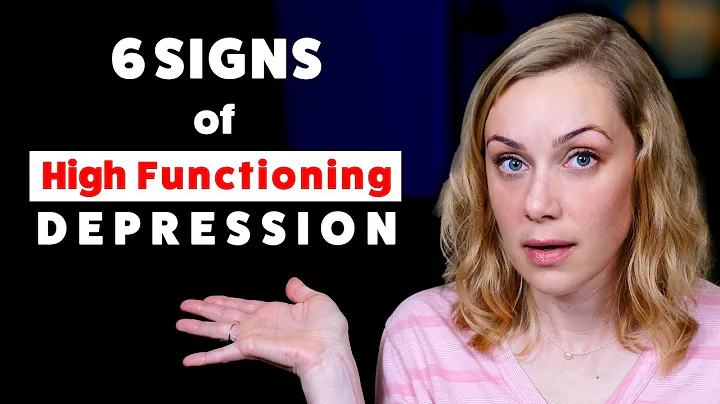"Mr. Toad Goes to See a Psychologist" is a famous psychology book created and published by British psychologist Robert Debord in 1997. This book can be said to be an internet celebrity book in the field of psychology, and it will be recommended on many book lists, which has led many people to hear it. Also, because it is an internet celebrity book, people are a little despised. Most people may not read it as a serious popular science book, which is also a relatively embarrassing positioning. What does this book

talk about?
Mr. Toad is a rich second generation. His personality loves to show off and has severe inferiority. Finally one day he fell on the verge of depression. He went to see a psychologist under the persuasion of his friend. Through ten interviews with the psychologist, he understood that Mr. Toad’s current personality traits originated from the influence of his childhood. He used psychological knowledge to guide Mr. Toad to achieve true self-growth and become an independent and confident toad. What are the psychological theories in the book

?
1. The prerequisite for psychological counseling is to understand your emotions and troubles from the bottom of your heart, rather than to satisfy the expectations of your family or friends, and to do psychological counseling for psychological counseling;
2. Only you can treat your own psychological problems, you must discover and experience them carefully. Doctors can only provide advice and interpretations. They and the doctor are cooperative.

3. People have three states: children's self-state, parents' self-state and adult self-state. Children's self-state is to regress yourself into a child and obey and cater to others' ideas; parents' self-state is to blame others as children, both of which are unhealthy. Adult self-state is to look at one's own state rationally, and people can only grow in this state;
4, "life coordinates" have four dimensions: I am good, you are not good (I am a victim, and the world is bullying myself); I am bad, you are good (lowerness, flattery personality); you are bad, I am not good (complete pessimistic, hopeless world); I am good, you are also good (ideal world). Once a person decides which attitude and perspective to use in his childhood, he will always stick to his choices in his subsequent life and repeatedly verify and strengthen this conclusion.

The classic sentences in this book?
When a person is in a "child's self-state", it means that his behavior and feelings are like a child. This is different from "naive", but "like a child".
Basic emotions of children: happiness and affection, anger, sadness, fear. All these emotions add up to form the so-called "natural child", which is an important part of the entire "children's self-state".
For most people, the essence of growth is to reduce and ultimately break the dependencies so that they can become an independent person. Few people can achieve this completely, some can achieve it partially, while many people will rely on it for a lifetime.
is not something from the heart and cannot bring about real change.
Toad identified that living a real life means sincerely responding to the current needs. This can break the causal cycle that continues from childhood, free the real self from the constraints of past experiences, and become the true self in freedom.

This popular science book disguised as a fairy tale book is actually not as simple as the title of the book. 10 psychological counseling is not just a purposeless chat between two people. In fact, every sentence contains serious psychological theories behind it. I hope every reader can patiently remove the author's good pericarp in the theory of hardship and carefully appreciate every self-growth suggestion.











